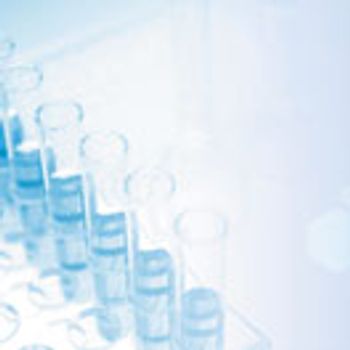
Laboratory test methods evaluate cleaning agents and cleaning process design for removing resin residues from the surfaces of non-dedicated chromatography columns systems.

Laboratory test methods evaluate cleaning agents and cleaning process design for removing resin residues from the surfaces of non-dedicated chromatography columns systems.

Characterizing particles and understanding bulk powder behavior is critical to get the best pharma product.
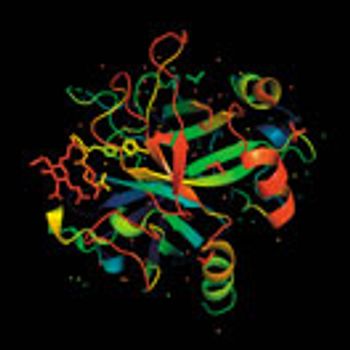
It is important to address manufacturing problems associated with the shorter shelf-life of pegylated L-asparaginase (pegaspargase) upon long-term storage in the form of a solution.
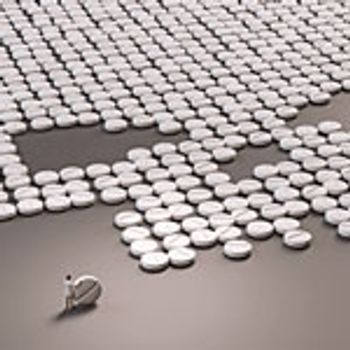
Confidence in the quality systems and scientific competence of the API manufacturing team is essential.

Supplier vetting and monitoring-plus comprehensive testing-ensure quality of raw materials.
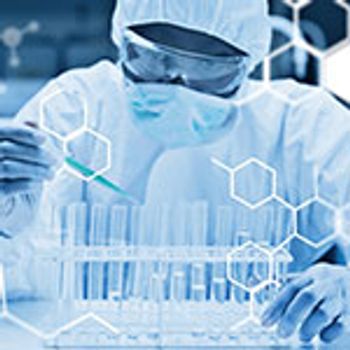
Laboratory testing found that a novel approach reduced the time required for sample preparation from hours to minutes. This article summarizes test methods and results.

Waters debuted a range of new TA Instruments innovations and the BioAccord System at Pittcon 2019 in Philadelphia, PA, on March 17–21, 2019.

Katalyst D2D from ACD/Labs enables the design, planning, execution, and analysis of high throughput (HT) experiments. The web-based application was introduced at Pittcon 2019 in Philadelphia, PA.

The LenS3 Multi-Angle Light Scattering (MALS) detector, presented at Pittcon 2019 in Philadelphia, PA, uses a new approach for measuring molecular weight and radius of gyration of synthetic polymers, polysaccharides, proteins, and biopolymers.

Microsaic Systems showcased its new MiD ProteinID point-of-need mass spectrometer at Pittcon in Philadelphia, PA, from March 18–21, 2019.

Sartorius introduced the Cubis II portfolio of laboratory balances at Pittcon 2019 in Philaphelia, PA.

Bruker highlighted new analytical systems for several industry applications, including pharma, materials science, and clinical/preclinical research.

The new automated cloud-based tool allows for the design of targeted single-cell DNA custom panels.

Sartorius Stedim Biotech (SSB) and Novasep will partner to develop systems for membrane chromatography using Novasep’s BioSC platform and SSB’s single-use technology.

Understanding the API, delivery mechanism, and excipient functionality is essential to solving drug solubility challenges.
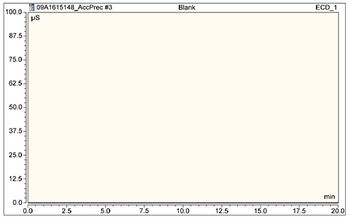
Determination of sodium chloride level is critical for assessment of purity of yeast extracts. This case study demonstrates the validation of an ion chromatography method as a suitable analytical approach.

HPLC coupled with charged aerosol detection is a suitable analytical technique to quantitate and characterize polysorbate-80 in therapeutic products; allowing quality assessment of raw material, content confirmation during manufacturing, and monitoring product stability.

Harmonization of best practices and regulatory requirements will enable developers to find the best stability testing approach.

LabVantage Solutions’ LabVantage 8.4 is the latest version of the company’s comprehensive laboratory information management system.

HORIBA’s new analytical microscope simultaneously performs elemental analysis and optical observation without destroying samples.

Investigation of peak purity failure during HPLC method validation led to discovery of a co-eluting impurity under the main peak. Spectral analysis, including three-dimensional modelling, was used to characterize the peak, leading to the development of a new HPLC method for analysing impurity content.

The TSKgel FcR-IIIA-NPR HPLC column from Tosoh Bioscience is a FcRγ affinity chromatography analysis column suited for the analysis of immunoglobulin G glycoforms.

The companies will develop a software-connected pipetting system for improved reproducibility and traceability in life-science laboratories.

Spectroscopic-based control methods were introduced as equivalent alternative methods, first to a gas chromatographic method to monitor an in-process solvent exchange step and second to a potentiometric titration method to release a process input material for drug substance manufacturing.

Leveraging vast quantities of analytical data requires digitalization and platform integration.